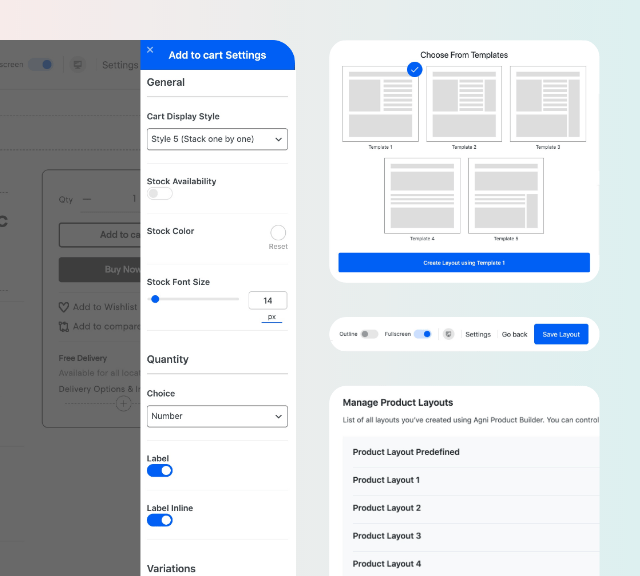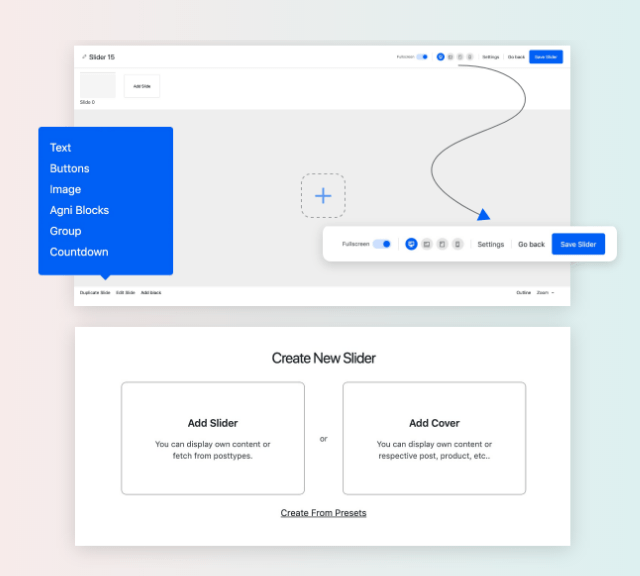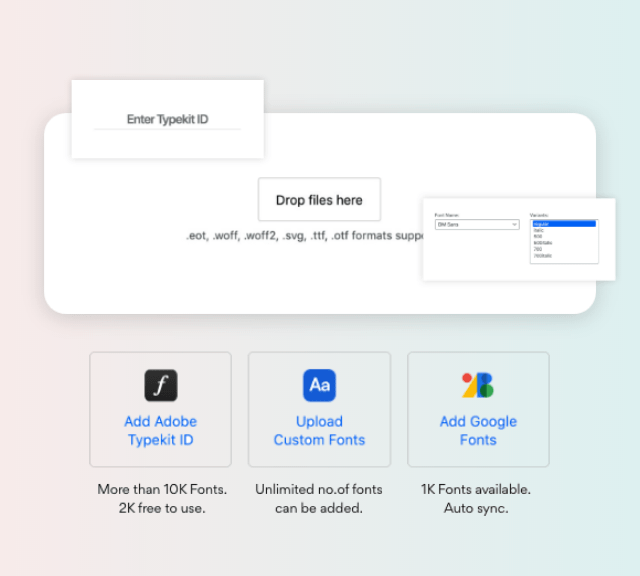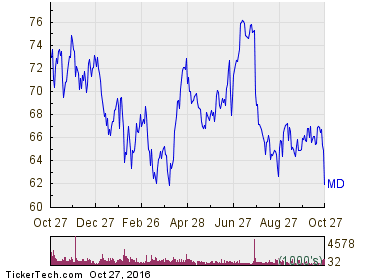
When assets are purchased, they are recorded at their historical cost in an asset account on the balance sheet. At the end of every accounting period, a depreciation journal entry is recorded as part of the usual periodic adjusting entries. Unlike a normal asset account, a credit to a contra-asset account increases its value while a debit decreases its value. Accumulated depreciation is typically shown in the Fixed Assets or Property, Plant & Equipment section of the balance sheet, as it is a contra-asset account of the company’s fixed assets. Showing contra accounts such as accumulated depreciation on the balance sheets gives the users of financial statements more information about the company. For example, if Poochie’s just reported the net amount of its fixed assets ($49,000 as of December 31, 2019), the users would not know the asset’s cost or the amount of depreciation attributed to each class of asset.
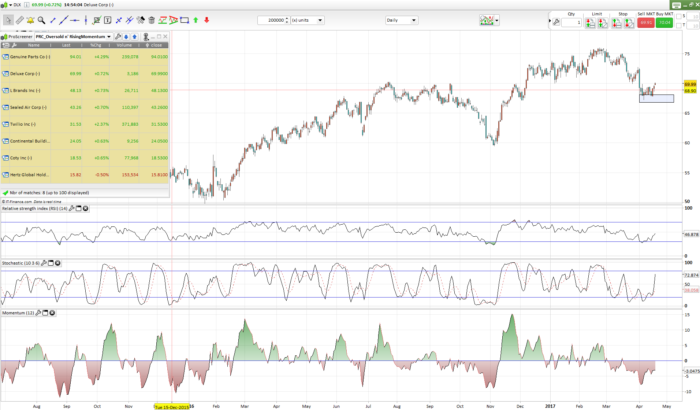
Multiple methods of accounting for depreciation exist, but the straight-line method is the most commonly used. This article covered the different methods used to calculate depreciation expense, including a detailed example of how to account for a fixed asset with straight-line depreciation expense. To calculate the straight-line depreciation expense of this fixed asset, the company takes the purchase price of $100,000 minus the $30,000 salvage value to calculate a depreciable base of $70,000. Accumulated depreciation is carried on the balance sheet until the related asset is disposed of and reflects the total reduction in the value of the asset over time. In other words, the total amount of depreciation expense recorded in previous periods. The depreciation expense is calculated by multiplying the original cost of the fixed asset by the percentage of depreciation.
Free Financial Statements Cheat Sheet
Consequently, the net value of the van will amount to 0 at the end of its useful life in 10 years. Emma’s 70-person geographically distributed accounting team improved internal controls and streamlined the audit thanks to FloQast. Learn how to optimize existing processes, collaborate efficiently, and provide more value to your organization.
What Is Depreciation, and How Is It Calculated? – Investopedia
What Is Depreciation, and How Is It Calculated?.
Posted: Sun, 19 Mar 2023 07:00:00 GMT [source]
The purpose of depreciation is to allocate the cost of a fixed or tangible asset over its useful life. Managing depreciation can feel overwhelming for inexperienced accountants and bookkeepers. But in reality, once you’re familiar with depreciation and the different depreciation methods you can use, the process becomes much simpler. Depreciation is a non-cash entry for your company, meaning no cash is going out of your bank account for this expense item.
Is there any other context you can provide?
Although it is reported on the balance sheet under the asset section, accumulated depreciation reduces the total value of assets recognized on the financial statement since assets are natural debit accounts. Construction Bob’s, Inc. recently purchased a new car that cost $5,000 for making deliveries and picking up new supplies. At the end of this year, Bob will record this accumulated depreciation journal entry. An accumulated depreciation journal entry is an end of the year journal entry used to add the current year depreciation expense to the existing accumulated depreciation account. Similar to the declining balance method, the sum-of-the -years’-digits method accelerates depreciation, resulting in higher depreciation expense in the earlier years of an asset’s life and less in later years. Accumulated depreciation is the total amount an asset has been depreciated up until a single point.
Let’s assume the depreciation from the end of the previous accounting year until the date of the sale is $500. Therefore, the credit balance for this one piece of equipment at the time of the sale is $40,500. In some scenarios, subsequent journal entries may change due to adjustments to the fixed asset’s useful life or value to the company as a result of improvements or impairments of the asset. For example, during year 5 the company may realize the asset will only be useful for 8 years instead of the originally estimated 10 years. Regardless of the depreciation method used, the total depreciation expense (and accumulated depreciation) recognized over the life of any asset will be equal.
- If you’re lucky enough to use an accounting software application that includes a fixed assets module, you can record any depreciation journal entries directly in the software.
- On the other hand, accelerated depreciation refers to a method of depreciation where a higher amount of depreciation is recognized earlier in an asset’s life.
- This information is important for investors, creditors, and other stakeholders to make informed decisions about the business.
- In accordance with accounting rules, companies must depreciate these assets over their useful lives.
The IRS requires businesses to use one of the approved methods for calculating depreciation, including the straight-line, declining balance, and sum-of-the-years-digits methods. Each method has its own rules and guidelines for calculating depreciation, and businesses must choose the method that suits their needs. Accumulated depreciation is recorded as a contra asset via the credit portion of a journal entry. Accumulated depreciation is nested under the long-term assets section of a balance sheet and reduces the net book value of a capital asset. Because the depreciation process is heavily rooted with estimates, it’s common for companies to need to revise their guess on the useful life of an asset’s life or the salvage value at the end of the asset’s life. This change is reflected as a change in accounting estimate, not a change in accounting principle.
Welcome to Accounting Education
For tax purposes, the IRS requires businesses to depreciate most assets using the Modified Accelerated Cost Recovery System (MACRS). Accumulated depreciation is not a current asset, as current assets aren’t depreciated because they aren’t expected to last longer than one year. To illustrate, here’s how the asset section of a balance sheet might look for the fictional company, Poochie’s Mobile Pet Grooming. Accumulated depreciation is the total amount of depreciation expense that has been allocated to an asset since it was put in use. Like double declining, sum-of-the-years is best used with assets that lose more of their value early in their useful life.

Our writing and editorial staff are a team of experts holding advanced financial designations and have written for most major financial media publications. Our work has been directly cited by organizations including Entrepreneur, Business Insider, Investopedia, Forbes, CNBC, and many others. Our team of reviewers are established professionals with decades of experience in areas of personal finance and hold many advanced degrees and certifications. At Finance Strategists, we partner with financial experts to ensure the accuracy of our financial content. In other words, the decline in the value of the asset by way of depreciation results directly from its use in the process of generating revenue.
Sum-of-the-Years-Digits method of depreciation
The “2” in the formula represents the acceleration of deprecation to twice the straight-line depreciation amount. However, when using the declining balance method of depreciation, an entity is not required to only accelerate depreciation accumulated depreciation journal entry by two. They are able to choose an acceleration factor appropriate for their specific situation. Accumulated amortization and accumulated depletion work in the same way as accumulated depreciation; they are all contra-asset accounts.

Our experts love this top pick, which features a 0% intro APR for 15 months, an insane cash back rate of up to 5%, and all somehow for no annual fee. This method is used only when calculating depreciation for equipment or machinery, the useful life of which is based on production capacity rather than a number of years. Double declining depreciation is a good method to use when you expect the asset to lose its value earlier rather than later.
Debit or Credit?
After two years, the company realizes the remaining useful life is not three years but instead six years. Under GAAP, the company does not need to retroactively adjust financial statements for changes in estimates. Instead, the company will change the amount of accumulated depreciation recognized each year. There are two main differences between accumulated depreciation and depreciation expense. First, depreciation expense is reported on the income statement, while accumulated depreciation is reported on the balance sheet. Overall, a daily summary for tracking business cash flow is an essential accounting tool for businesses of all sizes.
- Under GAAP, the company does not need to retroactively adjust financial statements for changes in estimates.
- As said in the introduction, depreciation is an accounting concept used to describe the decrease in the value of a fixed asset over time due to the asset being used, becoming outdated, or simply aging.
- This method requires you to assign all depreciated assets to a specific asset category.
- Even though accumulated depreciation will still increase, the amount of accumulated depreciation will decrease each year.
However, there are situations when the accumulated depreciation account is debited or eliminated. For example, let’s say an asset has been used for 5 years and has an accumulated depreciation of $100,000 in total. This depreciation journal entry will be made every month until the balance in the accumulated depreciation account for that asset equals the purchase price or until that asset is disposed of. Many companies rely on capital assets such as buildings, vehicles, equipment, and machinery as part of their operations. In accordance with accounting rules, companies must depreciate these assets over their useful lives. As a result, companies must recognize accumulated depreciation, the sum of depreciation expense recognized over the life of an asset.
Each period, the depreciation expense recorded in that period is added to the beginning accumulated depreciation balance. An asset’s carrying value on the balance sheet is the difference between its historical cost and accumulated depreciation. At the end of an asset’s useful life, its carrying value on the balance sheet will match its salvage value.
How to Record the Depreciation of Buildings in Accounting – smallbusiness.chron.com
How to Record the Depreciation of Buildings in Accounting.
Posted: Thu, 14 Jul 2016 03:03:55 GMT [source]
Emilie is a Certified Accountant and Banker with Master’s in Business and 15 years of experience in finance and accounting from large corporates and banks, as well as fast-growing start-ups. Units of production depreciation will change monthly, since it’s based on machine or equipment usage. This will change each year, as you would use the new book value, which would be $1,300 (the original price of the asset minus the amount already depreciated), to calculate the following year’s depreciation.

